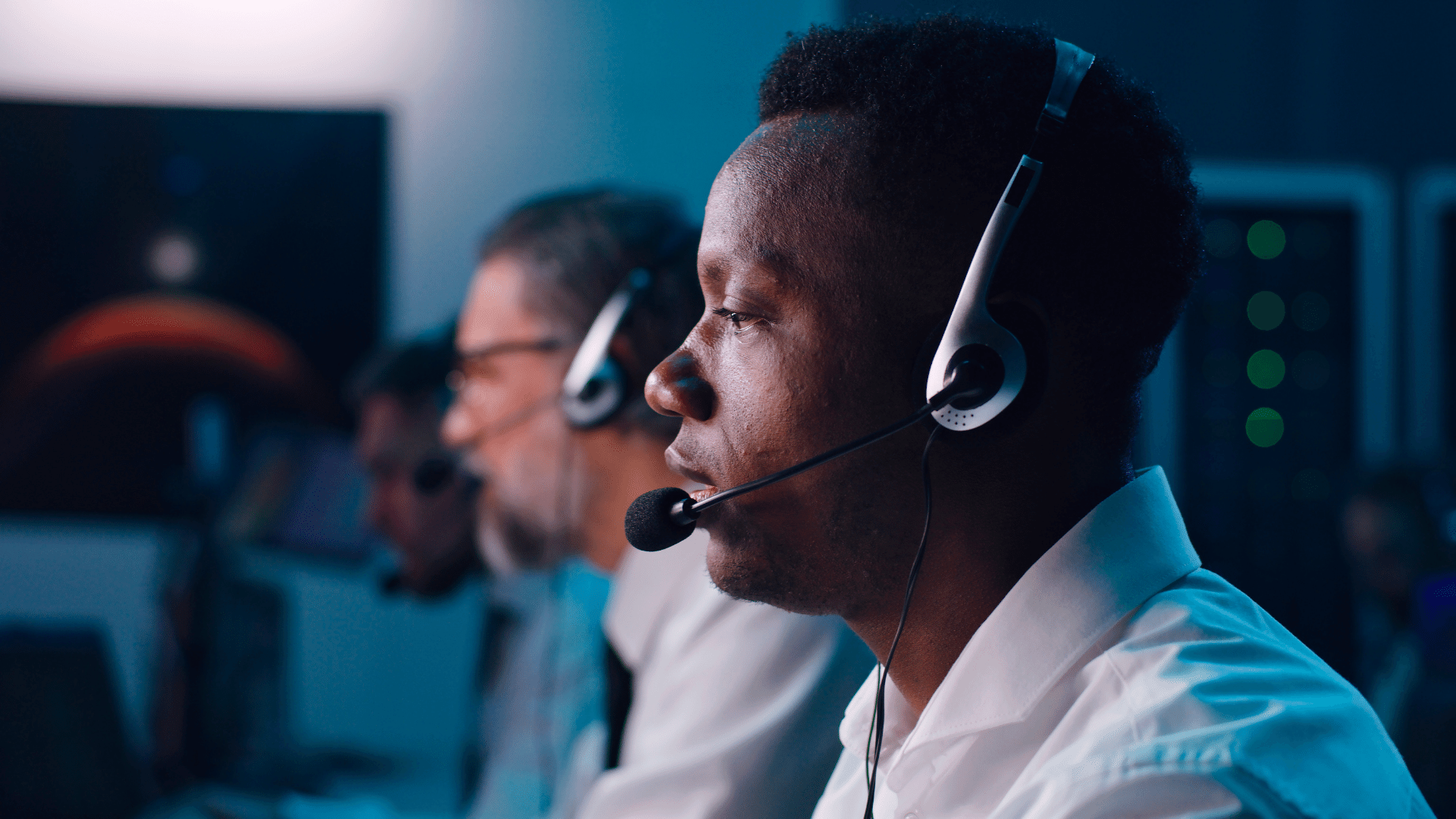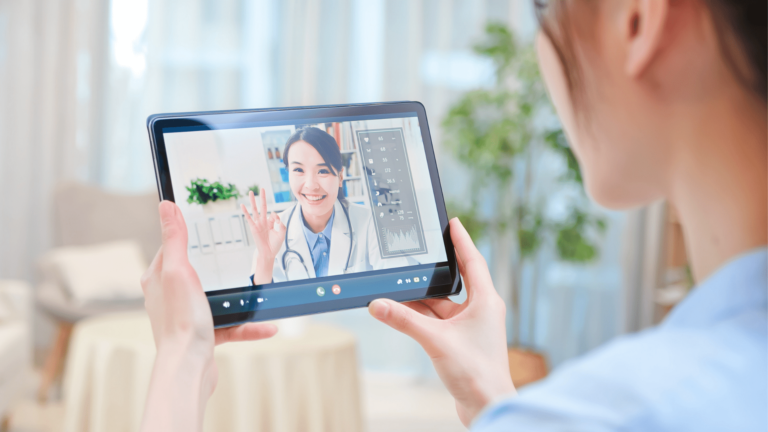Each year, an estimated 240 million 9-1-1 calls are made in the United States. When those calls are answered, the help needed on the other end of the line can run the gamut from an upset stomach to an immediate life-threatening situation. Until recently, emergency response agencies have had a minimal tool chest to use for their response. Fire and/or EMS are dispatched to each call to ensure that the patient receives the critical care necessary for their individual well-being. Recently, agencies across the nation are beginning to find that using 911-initiated telemedicine can provide a middle ground between not responding to calls at all or needing to transport patients to the emergency department who may be better served with other treatment options.
Why Low Acuity Patients Call 9-1-1
Every patient who calls 9-1-1 feels their needs justify the call for help. However, one study found that only 5% of patients account for 25% of emergency department visits. Many of these “super user” patients have significant trouble managing their complex health issues. Often those issues can be compounded by their additional needs in the social, mental health, or physical resource space.
Reasons patients might call 9-1-1 can include lack of transportation or access to general care. Patients without health insurance may not have a primary care physician and may be afraid that they are truly experiencing a medical emergency requiring immediate assistance. Lack of access to intermediate steps can sometimes lead to viewing 9-1-1 as a “first choice” rather than a “last resort”.One study found that 44.7% of patients who contacted emergency services were not treated by attending paramedics.
Common Complaints for 9-1-1 Calls in Low Acuity Patients
Common complaints 9-1-1 call centers encounter include general nausea and vomiting, rashes and skin irritation, chronic pain, headaches of various pain and duration levels, prescription refills, dehydration, and diarrhea/constipation. In addition to physical maladies, mental health and social factors also play a significant role in low acuity 9-1-1 calls. One study found that callers to emergency services who utilized the service more than five times in a twelve-month period were lonely 37% of the time. In addition, 78% of callers in the same study had mobility problems, and 55% were documented as having difficulty with self-care. 14% reported having gone hungry in the month preceding their call.
Even as studies show that low acuity patients may be some of the most frequent users of 911, the number of calls continues to rise. The challenge is that while these patients need access to resources and appropriate care, it can be difficult for overburdened emergency systems to address their needs and those of emergent patients.
What is 9-1-1 Initiated Telemedicine?
9-1-1- initiated telemedicine can offer relief for emergency response systems and provide for the needs of low acuity patients by creating a virtual response tier for public safety. It allows dispatchers to connect emergency medical services with a telehealth professional who can steer patients to primary care, social services, mental health services, or other care needs. 9-1-1 initiated telemedicine leverages a series of protocols to determine the appropriate level of care for patients and then directs low acuity patients to the resources they need.
How 9-1-1 initiated telemedicine benefits patients and providers
There are many benefits that can come from having telemedicine embedded directly into dispatch centers. Patients can benefit from being treated in the comfort of their homes – avoiding unnecessary trips to the emergency department and related expenses. Patients can also receive follow-up care and be connected to resources outside traditional medical care, such as access to social services and wellness checkups. Providers benefit by having medical care appropriately routed to low acuity patients so they can focus on emergency cases and reduce the stress from overloaded calls. 9-1-1- initiated telemedicine also benefits PSAPs and emergency response systems by giving dispatchers a new option for routing calls to the right resources for low acuity callers.
MD Ally offers a new 9-1-1 ecosystem to help patients and agencies navigate low acuity medical calls together. Click here to learn more about how your agency can benefit from MD Ally.





